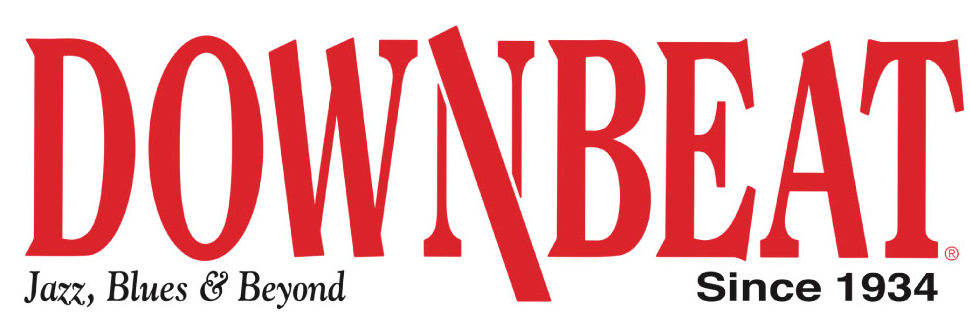World-renowned saxophonist David Liebman is one of the big wigs in the jazz world. Liebman’s career spans nearly fifty years. He’s played with some of the greats, including Miles Davis, Elvin Jones and John McLaughlin. Read on to learn about how he first fell in love with the saxophone, his journey as a jazz musician and his thoughts on how High-Resolution Audio is impacting the music industry.
Q: What inspired you to pursue music as a career?
Liebman: A career in music isn’t something I was planning on exactly. I just sort of fell into it. I got lucky and landed some pretty important gigs early on. I still find it amazing that I get to make a living doing one of the things I love most in life.
Q: What made you decide to choose the saxophone?
Liebman: I was inspired by early rock and roll from the ’50s. Back then, the saxophone was the main solo instrument until the guitar got big in the 60s, thanks to the Beatles. I just loved the sound of it. I was about eight or nine years old when I first asked my parents about learning how to play the saxophone. They told me that I needed to take at least two years of piano before trying out anything else. Finally at around 12 years old, I started clarinet and after a year, moved on to the tenor. I might be biased, but I think it’s the best instrument out there. And there’s no denying that the saxophone has played a leading role in the evolution of the American jazz music scene.
Q: What are some of your favorite music memories?
Liebman: Some of my best memories growing up took place at Lafayette High School in Brooklyn, New York. My high school had around 6,000 students with a very developed music program. We would put on these huge extravaganzas where we would rewrite the lyrics to famous Broadway shows like “West Side Story” or “South Pacific.” I was in charge of the band and the lead musician in my class which opened the door for several rewarding experiences. Back then, it wasn’t about being the greatest musician in the world, but just striving to get better.
But the real turning point was when I saw John Coltrane live at the jazz club, Birdland in New York in 1962. I didn’t know it then, but hearing him perform that night and countless times after until his passing in 1967 is really what inspired me to take music seriously. Coltrane is the person who inspired me to become a saxophonist.
Q: How would you describe your jazz music style?
Liebman: Well, the thing you need to know about jazz is that individuality is very prized. You know you’ve made it when people are able to recognize your signature sound after just a few notes. The sound of your instrument is an extension of who you are. It’s an extension of your voice.
My music influences are quite eclectic. It wasn’t until the ’60s that music of all styles and genres became readily available to the public. Prior to that, if you wanted to find music from Ghana or Argentina, you really had to hunt for it. My friends and I would get together and listen to Jimi Hendrix, Ravi Shankar, and John Coltrane and then four hours later, we’d be listening to something completely different. We were one of the first generations to mix and match various styles together. That’s how I’d describe my sound — a fusion of different styles and influences with my own individual twist.
Q: What was the defining point of your career?
Liebman: The history of our business is based on mentoring. The first step is to get hired by a well-known jazz musician to be a part of a band and get experience on stage. In my case, I was very fortunate to be able to work with both Elvin Jones and Miles Davis. Of course, that was a big moment because once you’ve played with Miles Davis, you can consider yourself to be at the top of the food chain.
Q: What are your favorite songs to perform?
Liebman: If I had to pick three classic jazz songs to perform, they’d be “Footprints” by Wayne Shorter, “All Blues” by Miles Davis and “India” by John Coltrane.
Q: Who do you enjoy listening to in your spare time?
Liebman: I don’t have a lot of spare time, but when I do, I’m usually listening to one of the hundreds of CDs my students send me. I’ve been teaching for decades now and it is very important to me. My students are usually at a pretty high level (semi-professionals or about to be professionals), and they’re always looking for feedback.
Q: What are your thoughts on High-Resolution Audio?
Liebman: Nowadays, the majority of people only listen to music through earbuds, which is a shame when you think about how much time and money goes into the recording process. It makes me sad to think that there are listeners who have grown up without ever having sat in front of really great speakers. It’s time we raise the sound quality of music again. The only way to hear the full dynamic range of the violin or saxophone is by listening to High-Resolution Audio.
I think it’s wonderful that Sony is pushing the standard in sound quality. We live in a period of time when music and art is never quite considered the main course. It seems to be considered as an hors d’oeuvre or after-dinner drink, but it has trouble getting in front of the other plates at the table. I’m happy that Sony is leading the charge to bring life back into music again.


